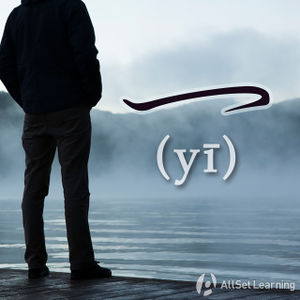Difference between revisions of "Events in quick succession with "yi... jiu...""
| Line 1: | Line 1: | ||
{{Grammar Box}} | {{Grammar Box}} | ||
| + | |||
| + | This pattern tells us that '''as soon as''' (一) one thing happened, then (就) '''another things happened''' immediately afterward. | ||
== Structure == | == Structure == | ||
| − | + | The pattern involves two different events, the first preceded by "一", and then the second event, which follows in quick succession, preceded by 就. | |
<div class="jiegou"> | <div class="jiegou"> | ||
| − | + | 一 + Event 1 + 就 + Event 2 | |
</div> | </div> | ||
| Line 15: | Line 17: | ||
<div class="liju"> | <div class="liju"> | ||
| − | * | + | * 我 <em>一</em> 看到 他 <em>就</em> 很 讨厌 。 |
| − | *<em> | + | * 我 <em>一</em> 想到 上班 <em>就</em> 很 烦 。 |
| − | * | + | * 他 <em>一</em> 生气 脸 <em>就</em> 红 。 |
</div> | </div> | ||
Revision as of 10:01, 19 June 2012
-
Level
-
Similar to
-
Used for
-
Keywords
This pattern tells us that as soon as (一) one thing happened, then (就) another things happened immediately afterward.
Structure
The pattern involves two different events, the first preceded by "一", and then the second event, which follows in quick succession, preceded by 就.
一 + Event 1 + 就 + Event 2
Examples
- 我 一 看到 他 就 很 讨厌 。
- 我 一 想到 上班 就 很 烦 。
- 他 一 生气 脸 就 红 。
Sources and further reading
Books
- Common Chinese Patterns 330 (汉语常用格式330例) (pp. 184) →buy
- New Practical Chinese Reader 2 (新实用汉语课本2) (pp. 240) →buy



